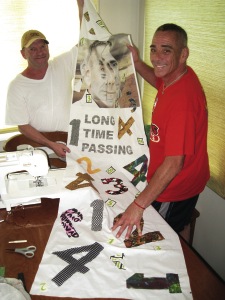
More than 20 years have passed since we bid adieu to the ’80s. But on Friday nights at the San Diego Museum of Art, those days are fondly remembered through author and San Diego LGBT Weekly columnist Andrew Printer’s The Quilt Conversation, an ongoing project that explores everything from the start of the AIDS crisis to the fall of the Berlin Wall.
Every year, the San Diego Museum of Art hosts a summer salon featuring a variety of artists with a common theme. Titled Beyond the Banner, this summer’s focus is on history and how information is passed along and interpreted. The centerpieces of the salon are four elaborate tapestries depicting scenes of Portugal’s history from the late 1400s.
When the museum asked the community to submit artistic proposals for the event, Printer created The Quilt Conversation. Printer’s idea was partially inspired by the AIDS Memorial Quilt, which began in 1987 as a way to memorialize those who died from AIDS and now consists of 48,000 panels.
“I think the AIDS quilt came to mind because of the tapestries, which are big, handmade craft objects that depict history,” Printer said. “And the AIDS quilt is this massive, handmade craft object that records history.”

LGBT issues is not a new topic for Printer, who filmed two documentaries during the ‘90s about people living with AIDS and focused on the gay identity of older males in grad school. About a year ago, one of Printer’s classes discussed the 1980s and the history of AIDS during the era.
“It was a weird phenomenon to be in the university and have the class talk about things that were historical but that I actually took part in,” said Printer. “It’s a good example of seeing how histories get formed by conversation and other people … how history gets digested and discussed and becomes something different.”
The premise of The Quilt Conversation is twofold. In addition to the quilts creating a visual representation of the ‘80s, the stories that the quilters share with one another during the two hour quilting sessions are also being recorded. These memories will be presented as a live performance Aug. 31.
“After recording the conversations, I’m giving that material to the performance artists and improvisational dancers. They will listen to all this data and will turn it into a show about what happened,” Printer explained. “It’s all aiming to oppose the idea that something happened once upon a time and that the story that we’ve heard is the only thing that is true.”
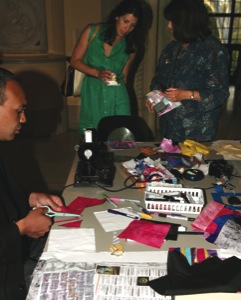
Each Friday through August, two groups meet at the museum to create a quilt that depicts their personal highlights of the ‘80s. One group consists of members of the LGBT community, three of whom have lived with HIV/AIDS for more than 20 years. The other group is composed of quilting enthusiasts from around the county.
“When I learned of the theme, I was excited and the idea of The Quilt Conversation came to mind rather quickly,” said Printer. “But when the museum approved it, I thought, ‘what have I done?’ because I don’t quilt and I don’t know any quilters.”
Printer found a group of 20 volunteers, relatively easily, to help with the non-LGBT side of the project. These quilters are currently working on various panels for the quilt, including a representation of the Berlin Wall and Paul Simon’s “Graceland.”
Finding volunteers to help with the LGBT quilt proved more difficult. Printer eventually found one volunteer, who worked with gay men in the ‘80s on the AIDS Memorial Quilt, and she was able to point him to another. Eventually, a handful of volunteers, including three who lived through the ‘80s with HIV/AIDS, decided to help.
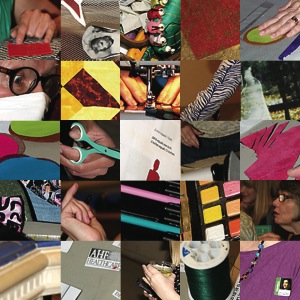
“It’s been interesting that it’s been hard to mobilize any LGBT interest,” said Printer. “I know some of the people that were around in the ‘80s said it was like post-traumatic stress disorder and they didn’t want to relive that, but some of them have actually come around. They find it a little cathartic now, sitting around and recollecting.”
While the core groups of each side are set, visitors to the museum are welcome to stop by and join in the conversation or lend a helping hand.
The Quilt Conversation takes place Fridays through the end of August at the San Diego Museum of Art from 6 to 8 p.m.


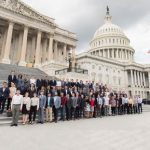

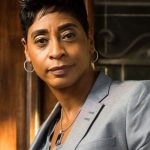







Andrew deserves a lot of credit for putting this project together. The dynamic of making art in a classic museum is a beautiful experience for both the artists and the viewers.
A rich experience for all of us. A painful one for some of us. Hats off to Andrew Printer and Wendy Sue for being the female force that listened and comforted and validated and most of all, sewed, while some of us simply fell apart. 20 odd years is a long time to be sitting in time out over numbers. Grateful to have been a part of this process by which, for me, allows me to move on in many ways. Bravo! to Abby Walker. AG.